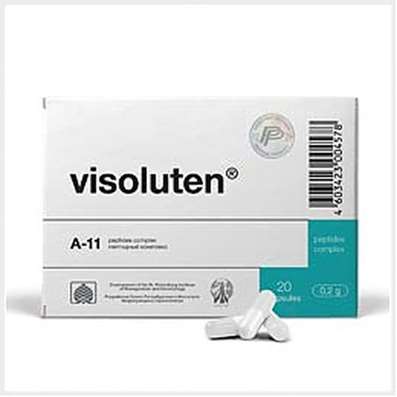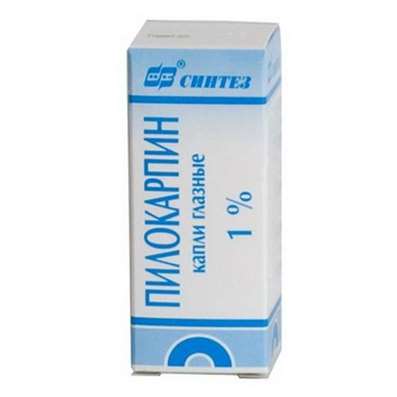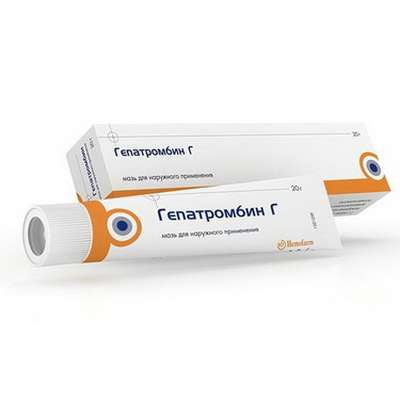Instruction for use: Andrews liver salt
I want this, give me price
ATX Code Andrews liver salt
Pharmacological group
Antacids
Nosological classification (ICD-10)
K21 Gastroesophageal reflux
Biliary reflux esophagitis, gastrocardiac syndrome, Gastroesophageal reflux disease, Gastro-oesophageal reflux disease, Non-erosive reflux disease, syndrome gastrocardiac, Remhelda syndrome, Erosive reflux esophagitis, Ulcerative reflux esophagitis
K25 Gastric ulcer
Helicobacter pylori, Pain syndrome in gastric ulcer, Pain syndrome in gastric ulcer and duodenal ulcer, Inflammation of the gastric mucosa, Inflammation of the gastrointestinal mucosa, Benign gastric ulcer, The disease of the stomach and duodenum, asotsiirovannoe with Helicobacter pylori, Aggravation gastroduodenita on the background of peptic ulcer, Exacerbation of peptic ulcer, The aggravation of gastric ulcer, The organic gastrointestinal disease, Peptic ulcer of the stomach and duodenum, Postoperative gastric ulcer, Recurrent ulcers, Symptomatic gastric ulcers, Chronic inflammatory disease of the upper gastrointestinal tract, associated with Helicobacter pylori, Helicobacter pylori eradication, Erosive and ulcerative lesions of the stomach, Erosive lesions of the stomach, The erosion of the gastric mucosa, Peptic ulcer disease, Stomach ulcer, Gastric lesion, Ulcerative lesions of the stomach, Symptomatic ulcers of the stomach and duodenum
K26 Duodenal Ulcer
Pain with duodenal ulcer, Pain syndrome in gastric ulcer and duodenal ulcer, The disease of the stomach and duodenum, asotsiirovannoe with Helicobacter pylori, Exacerbation of peptic ulcer, The worsening of duodenal ulcer, Peptic ulcer of the stomach and duodenum, Relapse of duodenal ulcers, Symptomatic ulcers of the stomach and duodenum, Helicobacter pylori eradication, Erosive and ulcerative lesions of the duodenum, Erosive-ulcerative lesions of duodenal ulcers associated with Helicobacter pylori, Erosive lesions of the duodenum, Duodenal ulcer, Ulcerative lesions of the duodenum]
K27 Peptic ulcer, unspecified
Perforation of peptic ulcer, Drug-induced gastrointestinal ulcers, medication ulcers, Peptic ulcer of the digestive tract, Peptic ulcer with Helicobacter pylori, peptic ulcer, Damage of gastrointestinal mucosa caused by NSAID, Symptomatic ulcers digestive tract, stress ulcer, Stress gastric ulcer, Stress damage to the mucous membrane, stress ulcer, duodenal ulcer Stress, Stress ulcer, Stressful GI ulcers, Erosive-ulcerative lesions of the gastrointestinal tract, The erosion of the gastrointestinal tract, Erosion of the mucosa of the upper gastrointestinal tract, The erosion of the gastrointestinal mucosa, gastrointestinal ulcer, ulcer drug, peptic ulcer, postoperative ulcer, stress ulcer, Ulcerative lesions of the gastrointestinal tract, Acute stress ulcer gastrointestinal tract, Symptomatic gastrointestinal ulcers, Complications of peptic ulcers
K29 Gastritis and duodenitis
Aggravation gastroduodenita on the background of peptic ulcer, duodenitis
K29.6.1 * Gastritis is hyperacid
Gastritis with high acidity, Hyperacid gastritis, Pain in acute gastritis with high acidity, Gastritis with increased secretory function, Gastritis chronic hypersecretory, Hyperacid gastritis
K30 Dyspepsia
Fermentation dyspepsia, Hyperacid indigestion, Putrefactive indigestion, Dyspepsia, Dyspepsia, Dyspepsia of nervous origin, Dyspepsia in pregnant women, Dyspepsia fermentation, Dyspepsia putrefactive, Dyspepsia medication, Dyspepsia due to diseases of the digestive system, Dyspepsia due to impaired motility of the gastrointestinal tract, Dyspepsia due to unusual food or overeating, Dyspeptic phenomena during pregnancy, Dyspeptic Syndrome, Gastric indigestion, Delayed emptying of the stomach, Delayed digestion, Idiopathic indigestion, Acid dyspepsia, Disturbance of the upper GI tract motility, Indigestion, Nervous indigestion, Non-ulcer dyspepsia, The feeling of heaviness in the stomach after eating, Postprandial functional dyspepsia, The processes of fermentation in the intestine, Stomach upset, Gastrointestinal disorders, Digestive disorders, Disorders from the digestive tract, Stomach upset, Indigestion disorder, Indigestion in infants, Symptoms of dyspepsia, The syndrome of putrefactive dyspepsia, Syndrome of putrefactive dyspepsia in infants, Syndrome of insufficiency of digestion, Syndrome of nonulcer dyspepsia, Toxic indigestion, Functional dyspepsia, Functional indigestion, Chronic indigestion, Chronic episodes of dyspepsia, Essential dyspepsia, Dyspeptic disorder
K31.8.2 * Hyperacidity of gastric juice
Pathological hypersecretion, Hyperacid indigestion, Hyperadic states, Increased secretion of gastric juice, Increased acid formation, Hyperacidosis,Hyper secretion of gastric juice, Increased acidity of gastric juice, High acidity
K59.0 Constipation
Painful defecation, Age-related constipation, Secondary Constipation,. Discease, Constipation when breastfeeding, Constipated constipation, Constipation in adults, Constipation chronic, Idiopathic constipation, Cataract obstruction, Colostasis, Constipation, Common constipation, Rectal coprostasis, Tendency to constipation, Occasional constipation, Decrease in motor-evacuation function of the digestive tract, Functional constipation, Chronic constipation, Constipation in infants
R10.1 Pain localized in the upper abdomen
Pain in the stomach, Pain in the upper abdomen, The pain in the epigastric region, epigastric pain, Pain in acute pancreatitis, Pain in the stomach, Epigastric pain, Pain in acute gastritis with high acidity, The pain in chronic gastritis with high acidity, stomachalgia, Discomfort and pain in the epigastric, Gastric discomfort, The feeling of discomfort in the epigastric region, The severity of epigastric, Epigastric pain, Pain in pancreatitis, Discomfort and pain in the epigastric region
R12 Heartburn
Composition and form of release
Powder on an effervescent basis for the preparation of a solution for oral administration contains sodium bicarbonate 22.6%, citric acid 19.5%, magnesium sulfate 17.4% and sucrose 40.5%; in bags of 5 g and in cans of 227 and 113 g.
pharmachologic effect
Pharmacological action - laxative, antacid, cholagogue.
Reduces peptic activity of gastric juice, accelerates the motility of the stomach and intestines.
Indications
Acute gastritis, hyperacid gastritis, duodenitis, peptic ulcer and duodenal ulcer, gastralgia, dyspeptic complaints, heartburn, constipation.
Contraindications
Hypersensitivity, diabetes mellitus.
Side effects
Pain in the epigastric region.
Dosing and Administration
Inside. With epigastric pains, heartburn - 1 tsp powder or 1 packet (before use dissolve in a glass of water) up to 4 times a day; with constipation - 2 ch.lolki before breakfast or before bedtime; children under 12 years - half the dose.
storage Conditions
In a cool place in a well-ukuporennoy container.
Keep out of the reach of children.
Shelf Life
5 years.
Do not use after the expiry date printed on the package.

 Cart
Cart





